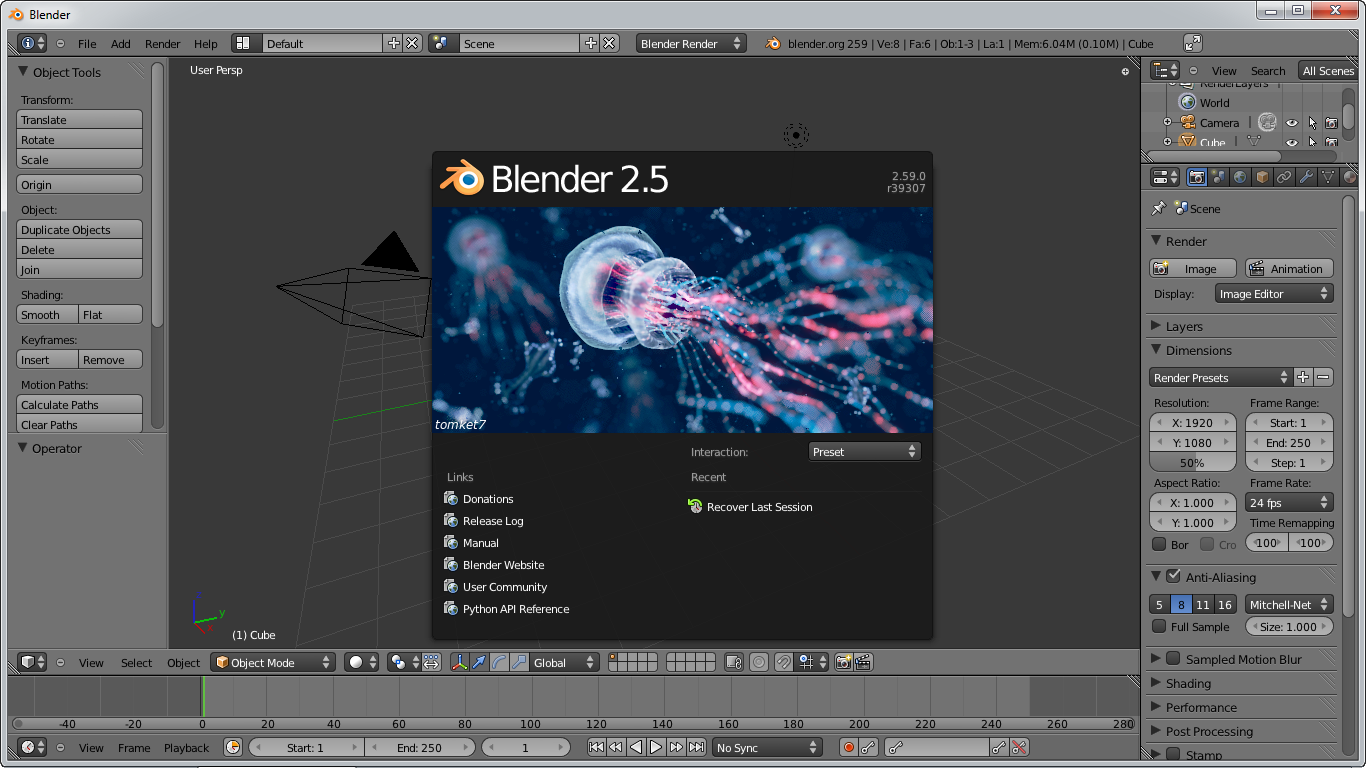What hardware do I need for 3D computer graphics like Blender?


Blender is a free and open-source 3D graphics creation suite, please click here for more info.
It will run on older operating systems such as Windows 8.1 or 10, but to get the most out of the latest hardware please use an up to date Windows 11, Linux or MacOS.
System memory is not essential for small beginner projects and 8 Gb will suffice. Larger and more complex projects will eat up your memory and 32 Gb is recommended. Once RAM is exhaused the system will use swap space and rapidly slow down program execution. RAM is very cheap at the moment. Go for a PC with 4 DIMM slots, you can have 32 Gb today and upgrade to 192 GB+ later (ask us about motherboard specs).
AMD and recent onboard Intel GPUs will work but NVIDIA has better driver support. Anything above a 3060 will accelerate your performance.
Blender will work on 4 cores but 8 cores are recommended. Keep in mind that better motherboards have more memory expansion slots. Your expansion capability is limited by your CPU choice. Most PCs can only address between 64 Gb and 128 Gb. High end Core i7/Ryzen systems can be upgraded to 192 Gb+. Please consider a Threadripper if you need more memory expansion capability. A dual fan air cooler or liquid cooling will give years of reliable performance.
Fast storage is a must. Use a 1 Tb NVME drive for your operating system and a second 2 Tb NVME for blender work. Only consider quality professional tier drives. Large mirrored traditional hard drives can be used for finished projects. Please consider using an ACL File Server or NAS in addition to cloud storage for project archival.